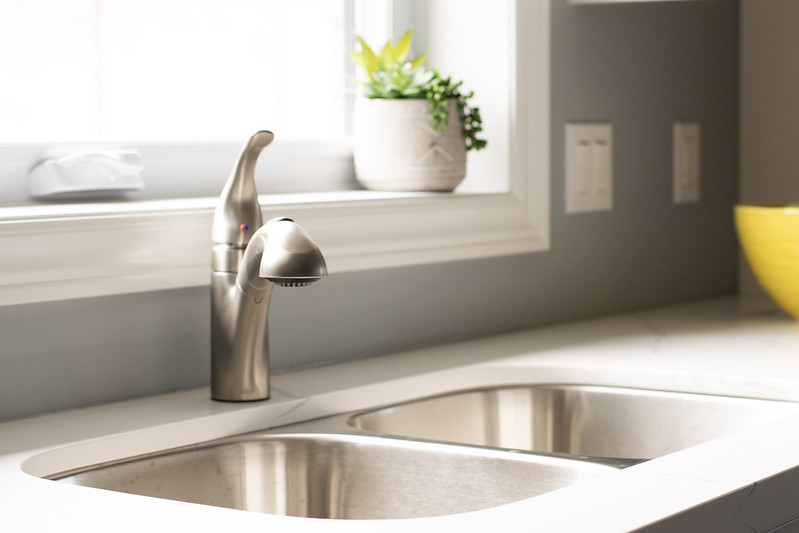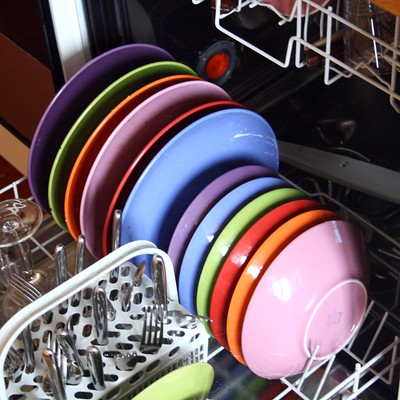Two weeks ago, we announced on our blog that the Lewis Road Project in East Quogue has conditionally been approved and we outlined the environmental risks to come to Long Island. If you haven’t seen that post you can find it here. Excessive water use creates a global problem, not only local. In fact, of all the water on our earth, we only have 2.5% freshwater, and only 1% can be accessed. With a growing population, water availability becomes scarce in certain regions. As the global climate crisis accelerates, we’ll continue seeing an increase in droughts, flooding that will pollute waterways, and degradation of aquifers. This hurts our water supply even more. Long Islanders should feel especially passionate about the water crisis as we already have the most polluted water in New York State. Draining our aquifer will only make our water quality worse. So, what can we do to conserve water on the household level?
Bathroom Routine
1. Shorter Showers
Taking shorter showers to conserve water may be a well-known conservation tactic, but it’s important to keep this habit. Showers waste an estimated 5 gallons per minute. To conserve your shower water waste, you should set a timer on your phone so you know exactly when you hit the 5 minute mark.
2. Invest in Water-Saving Toilet
Did you know that older toilets typically waste 5-7 gallons of water per flush? Investing in a water-saving toilet can help everyone in your household cut back on their water waste. If this investment doesn’t seem affordable right now, you can always fill up a plastic bottle and place it in the toilet tank. This will decrease the amount of water needed to fill your tank, saving about 10 gallons of water per day.
Kitchen Routine
3. Cook Less Red Meat
Studies show that a ⅓ pound burger requires 660 gallons of water to make! Animal agriculture consumes a large amount of water, so by cutting back on red meat in your diet, you can help conserve water in the agriculture industry.
4. Fill-up Your Dishwasher
Most dishwashers use less water than washing your dishes by hand. This practice will be most effective if you make sure that the dishwasher is completely full, eliminating the need for multiple loads. If you don’t have a dishwasher, then wash your dishes like you would brush your teeth and turn the sink off when it’s not necessary.
Outdoor Routine
5. Water Your Lawn Earlier in the Day
While most of our lawns are currently covered in snow, it’s important to remember this tip when Spring comes around. Watering your lawn in the morning avoids high rates of evaporation that would occur midday, thus requiring more water.
6. Recycle Your Water
Keep a bowl in the sink while you wash your fruit and veggies. You can then recycle this water by pouring it into your gardens or on houseplants.
By Miranda Gonzales, Long Island Pine Barrens Society
Sources:



